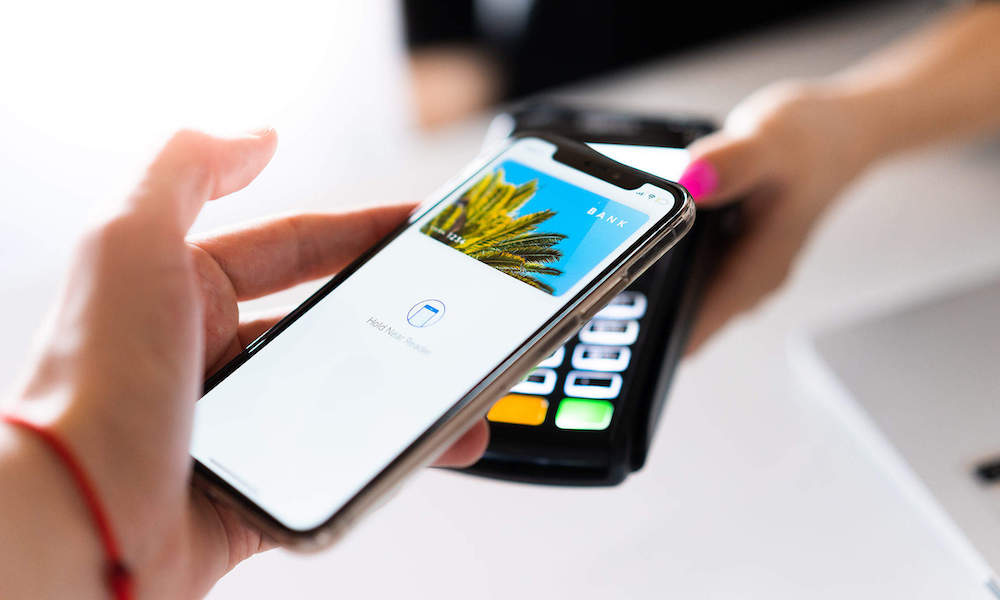Apple Will Grant UK iPhone Owners a New NFC Trick This Year
 Credit: Viktor Hanacek / PicJumbo
Credit: Viktor Hanacek / PicJumbo
Toggle Dark Mode
Apple has agreed to open up the iPhone’s NFC abilities to a UK government app after months of behind-the-scenes negotiation in the midst of the looming Brexit ordeal.
As a side effect of the UK’s planned departure from the European Union, EU citizens who are living in the country will now be required to reapply for residence permits. That’s a momentous task because of how many expats are in the country, and so the UK government has decided to make it easier with an app.
The EU Exit: ID Document Check app will allow the estimated 3.5 million expats in the UK to easily fill out a permit request form, take a picture of themselves for facial recognition purposes, and scan their EU passports with the NFC-reading chip on their devices, according to NFC World.
That app is already available on Android devices and roughly 280,000 EU citizens have used it. But, on the other hand, iPhone owners have been out of luck.
The iPhone’s NFC stack is unable to read the chip in passports, because Apple keeps that smartphone feature tightly regulated. As NFC World notes, iPhones are only able to read NDEF data.
In fact, way back when the UK Home Office first announced the app-based project in 2018, it blamed Apple for some of the issue surrounding its development and eventual release (via The BBC). UK authorities have even told EU citizens to borrow an Android device to carry out the reapplication.
But now, The Guardian reports that the iPhone will actually support the EU Exit app later this year. That is apparently the result of “months” of continued talks between the UK Home Office and Apple.
“I’m also pleased to confirm that Apple will make the identity document check app available on their devices by the end of the year,” said Home Secretary Sajid Javid.
Core NFC
Of course, this doesn’t mean that Apple is opening up broader NFC support to all developers. This is pretty much a one-off partnership — and the fact that it took months of negotiation just makes open NFC tech on the iPhone seem less likely.
On the other hand, the company has been taking small steps toward that outcome over the past few years.
Before iOS 11, the NFC reading capabilities of Apple’s devices were held under lock-and-key and only usable by first-party software. But that software update introduced Core NFC, which brought limited near-field communications abilities to third-party developers.
Apple has also added background NFC tag reading to newer iPhones, and some apps are already taking advantage of it. Although Apple will probably keep its NFC tech tightly regulated and secure, the UK move may mean that the company will be more willing to slowly open up the capabilities as time goes on.






